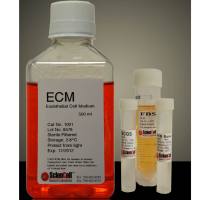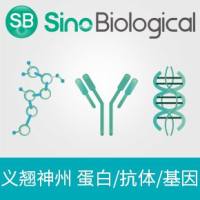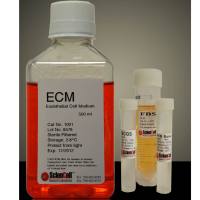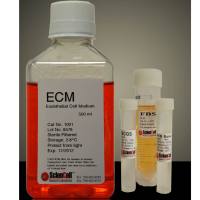Corneal Assay for Angiogenesis
互联网
642
In order to develop angiogenic and antiangiogenic strategies, concerted efforts have been made to provide animal models for more quantitative analysis of in vivo angiogenesis. In vivo techniques consist of the cornea pocket and iris implant in the eye, the rabbit ear chamber, the dorsal skinfold chamber, the cranial window, the hamster cheek pouch window, the sponge implant assay, the fibrin clots, the sodium alginate beads and the Matrigel plugs, the rat mesenteric window, the chick embryo chorioallantoic membrane and the air sac in mice and rats (1 ). In this chapter we will discuss the avascular cornea assay, and the advantages and disadvantages of using this assay in different species. The cornea assay is based on the placement of an angiogenic inducer (tumor tissue, cell suspension, growth factor) into a corneal pocket in order to evoke vascular outgrowth from the peripherally located limbal vasculature. In comparison to other in vivo assays, this assay has the advantage of measuring only new blood vessels, because the cornea is initially avascular.








